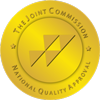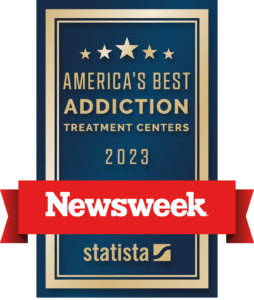Bipolar Disorder Treatment Center in Missouri
Approximately 2.3 million Americans are presently diagnosed with bipolar disorder, but the number affected by this disorder is even greater. Bipolar disorder is a chronic condition and generally requires life-long treatment.
The demand for treatment of this mental illness is at an all-time high, yet people still don’t receive the help they need to live a high-quality life. That’s why the first step in determining whether you or a loved one has bipolar disorder is to speak with a doctor or mental health expert. It’s important to know that you’re not alone and that access to quality healthcare is obtainable.
The journey to recovery usually begins by undergoing a thorough mental health examination to assess to evaluate a person’s symptoms in line with the precise criteria from the Diagnostic and Statistical Manual of Mental Disorders published by the American Psychiatric Association (DSM-5). This is also to rule out any additional diseases that might be contributing to the symptoms.
If you or someone you know is battling bipolar disorder and addiction, Sana Lake’s bipolar disorder treatment center in Missouri, can treat your co-occurring conditions, and give you the resources to effectively manage them.
What is Bipolar Disorder?
The Diagnostic and Statistical Manual of Mental Disorders (DSM-5) published by the American Psychiatric Association (AMA) bipolar disorder formerly called manic-depressive illness or manic depression), is classified as a collection of mental conditions that cause a person’s mood, and energy to fluctuate dramatically. An individual needs to have gone through at least one episode of mania or hypomania to be classified as having this mental disorder.
Bipolar Disorder DSM-5 Diagnostic Criteria
The DSM-5 places bipolar and associated disorders between schizophrenia spectrum disorders and depressive disorders in their categories. Up to 2.5% of people in the community have bipolar disorder, although the frequency is substantially higher among families of those who have the disease or schizophrenia.
To have this specific diagnosis, an individual has to experience mood changes that continue at least four days straight and have depressive episodes that last at least two weeks at a time.
Symptoms of Bipolar Disorder
Bipolar disorder sufferers may go through symptomatic manic and depressive phases. An episode with mixed traits can cause great grief, guilt, and worthlessness as well as tremendous energy, fast speech, racing thoughts, and overactivity.
It is not uncommon for people with types of bipolar to go through phases of intense excitement, excessive activity, delusions, and euphoria (known as mania) quickly changing to depressive episodes, feelings of hopelessness, and extreme sadness (known as depression). In light of this swing between extreme highs and extreme lows, this is where the term “bipolar” comes into play.
A Deeper Look At Bipolar Disorder: Mania and Depression
When bipolar person is going through a “manic” phase, they can become irritable, impulsive, or make reckless decisions. About half of sufferers may experience delusions or hallucinations during mania.
“Hypomania” is considered to be a milder symptom of mania or a manic episode. An individual with hypomania will not experience hallucinations or delusions, and their high symptoms won’t interfere with daily life.
The term “depressive” are periods of extreme sadness or major depression. These symptoms can be compared to those experienced in major depressive disorder or “clinical depression,” which is when a person doesn’t have mania. The majority of bipolar sufferers experience more depressive symptoms than manic or hypomanic symptoms.
The dramatic high and low moods in episodes of bipolar don’t follow a set pattern. If you have this condition, you can experience the same depressed or manic episodes for weeks, months, or in extreme cases, years.
- Restlessness
- Making grand and unrealistic plans
- Excessive happiness, hopefulness, and excitement
- Sudden mood changes (from being joyful to being irritable or hostile)
- Rapid speech and poor concentration
- Increase energy and less need for sleep
- Abnormally high sex drive
- Showing poor judgment
- Drug and alcohol abuse
- Increase in impulsive behavior
- Sadness
- Loss of energy
- Feelings of hopelessness or worthlessness
- Lack of interest in things you once enjoyed
- Problems concentrating
- Uncontrollable crying
- Struggle with decision making
- Needing more sleep
- Changes in appetite that can cause you to gain or lose weight
- Death or suicidal thoughts
- Attempting suicide
- Insomnia
- Irritability
Young patients who present with their first significant depressive episode are usually given the diagnosis. A diagnosis of bipolar disorder is made based on various characteristics, including genetic and environmental factors.
During a medical evaluation, mental health professionals extensively examine a person’s medical history, including mental health, medication management, social, psychological, and genetic environmental risk factors. Substance abuse and mental illness are genetic. That’s why we document and examine each person’s medical history in depth. People with family members who have a history of mental health issues or addiction are at a higher risk of having pre-existing or developing conditions.
Types of Bipolar Disorder
Bipolar disorder comes in three forms. Clear changes in mood, energy, and activity levels are present in all three categories. These moods range from highly “down,” sad, indifferent, or hopeless times to extremely “up,” euphoric, impatient, or energized behavior (known as manic episodes) (known as depressive episodes). Hypomanic episodes are less intense.
Bipolar I, bipolar II, and cyclothymic disorder are the three conditions that make up the term “bipolar disorder.” The characteristics of these types below are as follows to receive an accurate diagnosis.
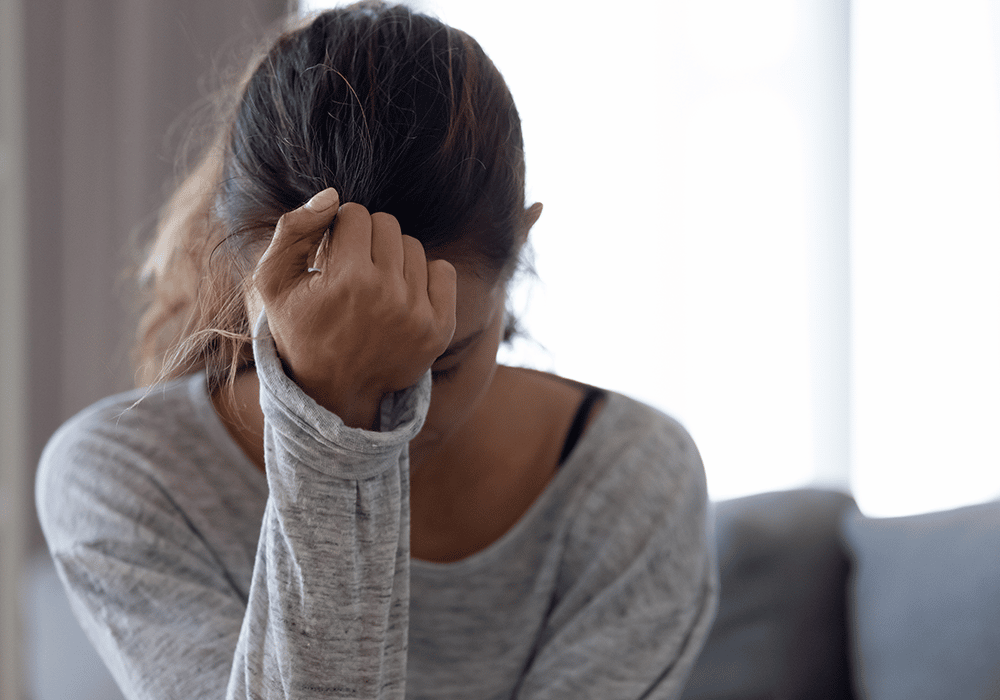
According to the National Institute of Mental Health (NIMH), Bipolar I is characterized in the DSM-5 as a person who is experiencing manic symptoms that are severe enough to require immediate hospital care. manic episodes that persist for at least 7 days, and depressive episodes that occur for at least two weeks.
According to the National Institute of Mental Health (NIMH), this type is characterized by a sequence of hypomanic and depressed episodes, but without the mania.
According to the National Institute of Mental Health (NIMH), this disorder is characterized by periods of both hypomanic and depressed symptoms that endure for at least two years (1 year in children and adolescents). But neither a hypomanic episode nor a depressed episode can be diagnosed just by symptoms alone.
It’s important to note, that symptoms of bipolar disorder that do not fall into one of the three categories above are occasionally referred to as “other specified and unspecified bipolar and associated disorders.
Co-Occurring Disorders: Bipolar Disorder and Substance Abuse
In many cases, substance use disorder (SUD) is accompanied by a mental illness such as bipolar disorder. This is known as a dual diagnosis or co-occurring condition. It’s important that individuals suffering from both, receive professional help at a bipolar disorder treatment center to learn how to better manage their condition and any underlying factors such as substance abuse, that may be contributing to causing these diseases.
Individuals with bipolar disorder have periods of feeling overly happy and energized; whereas they will feel sad, hopeless, and sluggish during other periods. People with bipolar disorder are significantly more likely to develop an addiction to drugs or alcohol.
If you are struggling with bipolar disorder and a drug or alcohol problem, you may have a dual diagnosis of bipolar disorder and substance abuse. A dual diagnosis, or a co-occurring disorder, can make recovery more difficult. The emotional instability of this disorder can interfere with an individual’s recovery program, making it harder to abide by treatment plan guidelines.
Bipolar individuals may experience times of intense depression alternating with periods of heightened activity and an exaggerated sense of self-importance when severe this condition co-occurs with an alcohol or drug addiction, the risk of adverse outcomes increases.
Bipolar disorder and alcohol use disorder often occur together. The connection between bipolar disorder and alcohol abuse isn’t fully understood, but some factors that may likely play a role are:
- Inherited Traits: There are genetic differences that appear to affect brain chemistry linked to bipolar disorder. These traits may also affect the way the brain responds to alcohol and other drugs, which increases the risk of alcohol abuse and addiction to drugs.
- Depression and Anxiety: Some people turn to alcohol to relieve symptoms like depression and anxiety that occur with bipolar disorder. At first, you may think the drinking is helping, but in the long run, it makes the symptoms worse, which is the beginning of a vicious cycle that is hard to overcome.
- Mania: This elated, euphoric “high phase” mood of bipolar disorder involves hyperactivity. During this episode, it is common for you to have poor judgment and lowered inhibitions, which can increase alcohol or drug use.
As you can see, bipolar disorder and alcohol use disorder or types of substance abuse is a dangerous and potentially dangerous combination. Each can worsen the effects of the other. If you are battling both of these conditions, you are at a higher risk of depression, violence, and suicide.
Bipolar disorder and opiate use disorder are also common. Individuals suffering from opiate use disorder are often looking to self-medicate their bipolar symptoms. Opiates can cause feelings of euphoria or happiness. During episodes of depression, individuals suffering from this condition are looking for relief. Recognizing the warning signs is crucial.
Diagnosis Of Bipolar Disorder
Typically, bipolar disorder occurs near the end of adolescence or early adult years, with about half of those being diagnosed being under the age of 25. Bipolar symptoms can occasionally manifest in young people. Additionally, a woman’s initial symptoms of bipolar disorder may start during pregnancy or right after delivery.
People who are bipolar can lead healthy, busy lives with the support of a proper diagnosis and therapy. The first step is to speak with a doctor or other qualified healthcare professional, doctor, or psychiatrist. A complete psychiatric evaluation will be done to determine if the issue is bipolar disorder or another mental health condition.
Other physical health conditions, like low thyroid, or mood symptoms caused by drug or alcohol abuse, will have to be excluded. The severity, length, and frequency of symptoms will also be factored in when confirming a diagnosis. The most obvious signs are those that involve high and low moods in conjunction with changes in sleep, energy, thinking, and behavior.
What Happens When Bipolar Disorder is Left Untreated?
Untreated mental illness is extremely common, as symptoms often present themselves similarly to other types of conditions. Also, people may not have the financial means or resources to receive proper mental health treatment.
At Sana Lake Recovery Center, we believe in providing care to those who need it. The key to effective bipolar disorder treatment is getting to the root of the problem through a holistic care approach.
Our highly qualified staff offers patients access to a continuum of care that has been shown to effectively treat many diseases. We take pleasure in our comprehensive approach to rehabilitation and see addictive patterns, behaviors, and symptoms as an indication of an unresolved issue.
It is believed that these illnesses’ physiological and psychological symptoms are more nuanced than they appear on the surface. As a result, we’ve found that treating co-occurring illnesses successfully involves mixing alternative treatment types including medications, therapy, and mindfulness techniques. The foundation of Sana Lake’s professional approach is an accurate diagnosis and treatment of each patient as a “whole,” emphasizing who they were, are, and will become.
Treatment of Bipolar Disorder
Bipolar disorder typically necessitates lifetime therapy, although the symptoms can change over time. People can better their quality of life and control their symptoms by adhering to a personalized treatment plan.

This type of mental disorder is seen as a lifelong disease for most people that are diagnosed, but medical intervention is available for people battling bipolar disorder and substance abuse, which can help to alleviate symptoms and maintain stable moods.
A combination of therapies and treatment programs are effective treatment methods to treat bipolar disorder. Our personalized plans include the following:
- Psychiatric evaluation
- Medication management (Mood stabilizers)
- Inpatient treatment program
- Outpatient treatment program
- Partial hospitalization program (PHP)
- Individual therapy
- Group therapy
- Family therapy
- Relapse prevention
Intensive substance abuse treatment can assist you with achieving balance, being productive, and experiencing a better quality of life.
Do My Mood Swings Mean I Have Bipolar Disorder?
We all experience good and terrible days; on some days, we may feel on top of the world, but on other days, if we lose our job, experience a difficult breakup, or have a falling out with a friend, we may feel depressed. But have you ever felt joyful one night before bed and then the next morning felt deflated and hopeless? Have you ever observed that your formerly high levels of vigor and your quick thinking suddenly give way to feelings of worthlessness and the inability to enjoy the same activities you once did? If not, there’s a chance you don’t have bipolar disorder.
We can distinguish between bipolar disorder and mood swings on occasion thanks to a few key characteristics of the illness. The first characteristic is whether symptoms are brought on by a circumstance, somebody, or an event or arise out of nowhere. While external factors might have an impact on a person’s mood, people with this mental disorder also frequently have sudden manic or depressive episodes. In contrast, most people associate moodiness with a situational occurrence, a particularly stressful time, or even bodily hormonal changes.
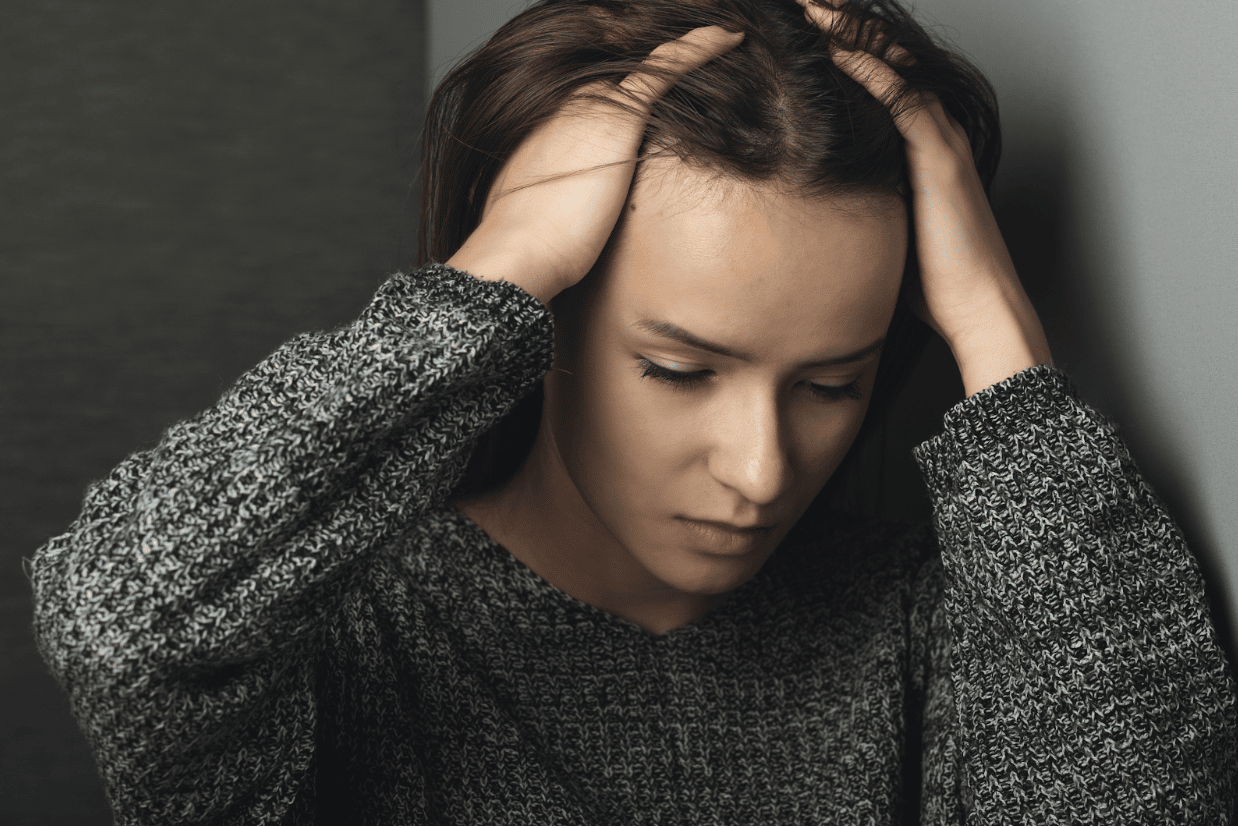
When determining whether you should be concerned about bipolar disorder, you should also think about the length and intensity of your high and low moods. If you have a difficult time controlling your emotions, your moods are probably much more intense than those experienced by those who have bipolar disorder.
If you’re not sure if your symptoms are typical or if they could be a sign of bipolar disorder. You might wish to track and keep an eye on them. It has been suggested by psychologists and therapists that this can be helpful. It can also assist you in figuring out whether certain events or circumstances in your life are what trigger your symptoms or whether they just seem to happen randomly.
If you are worried that you may have bipolar disorder, make an appointment with your doctor or a mental health expert to talk about the specifics of the symptoms you’re experiencing. They will create a tailored treatment plan that entails either a residential program, outpatient program, or multiple levels of care until someone’s needs are met.
Sana Lake’s Bipolar Treatment Center Can Help
If you or your loved one need to seek help for bipolar disorder and substance abuse, take the first step by speaking with one of our admission representatives today.
